Besides their adorable appearances, miniature cattle breeds have a huge purpose for people with small farms. These bulls and cows are easier to tend to and safer for the humans who raise them. A mini cow can easily provide meat for a family of up to 6 people. The milk they produce is organic and hormone-free, making it great for families who prefer fresh cow’s milk to goat’s milk. Let’s take a look at 10 miniature cattle breeds that are perfect for life on small farms.

What Is Considered a Miniature Cattle Breed?
Before we discuss the different breeds of mini cows and bulls, let’s learn what is considered a miniature breed. A miniature cattle breed stands at 48 inches or less at 3 years of age. Normally, they range from 32 inches to 48 inches. This makes them roughly one-third the size of standard cows, which means they only require 2 to 3 acres of grazing land.
Mini Cows & Bulls
1. Miniature Belted Galloway
The Belted Galloway is one of the oldest cattle breeds in the world. Having originated in Scotland, these cows were bred due to their hardiness, temperament, and double-layered hair that makes them easier to adapt to climate changes. They come in several colors and feature a white belt. For small farms, they are easy to care for, are great milk producers, and can easily be kept with sheep.
2. Dexter
Originating in Ireland, the Dexter is roughly half the size of the traditional Herefords you commonly see. They make ideal milk cows due to their ability to produce up to 2½ gallons of milk in one day. Many of the small cattle breeds have been created by crossing this breed with others. A mature Dexter cow can weigh between 600 and 700 pounds. Mature bulls weigh around 1,000 pounds.
3. Miniature Zebu
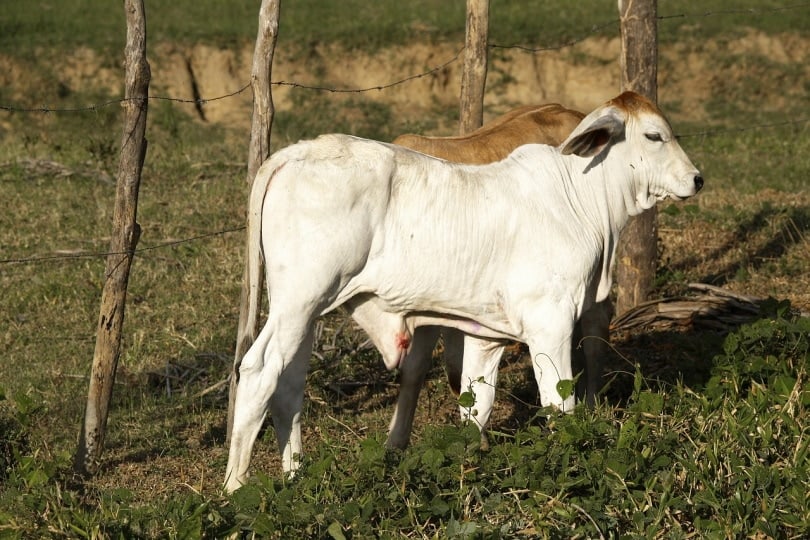
These small cows date back to 6000 B.C. Originally from South Asia, this breed of cattle matures slowly but is disease resistant and hardy. Considered a tropical breed, if living in colder climates, this cattle breed must have access to a barn to keep them safe from the weather. Cows range from 300 to 500 pounds when mature. Bulls reach between 400 and 600 pounds.
4. Jersey
These little cows are great for milking. They are able to produce up to 3 gallons of milk in a day and must be milked at least twice a day. These cows have good dispositions, adapt well to hotter climates, and have a high content of butterfat in their milk.
5. Kerry
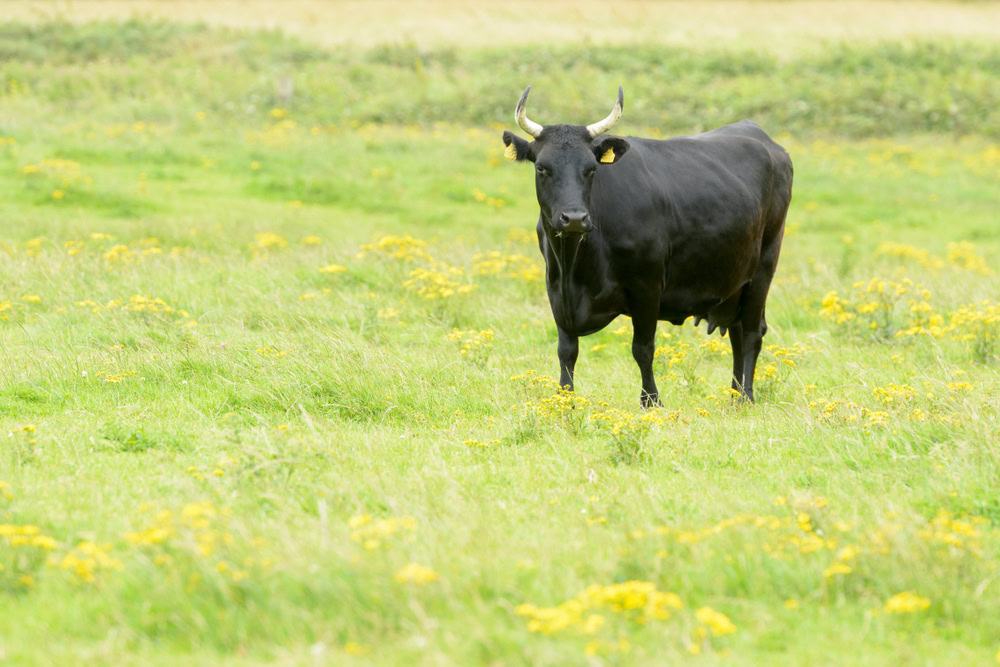
The Kerry breed originated from Ireland and is one of the oldest dairy cattle breeds. It is named after County Kerry, where it was once widely popular. These small cows are well-adapted to challenging environments and produce high-quality milk with small fat globules which are easily digestible and ideal for cheese and yogurt production. Their friendly nature makes them an excellent choice for small farms.
6. Miniature Hereford
This cattle breed is easy to tend to as they only consume half of what other normal-sized cows need but provide up to 75% of meat. Weighing in at 500 to 700 pounds, these cows are created by choosing the smallest livestock possible.
7. Lowline Angus
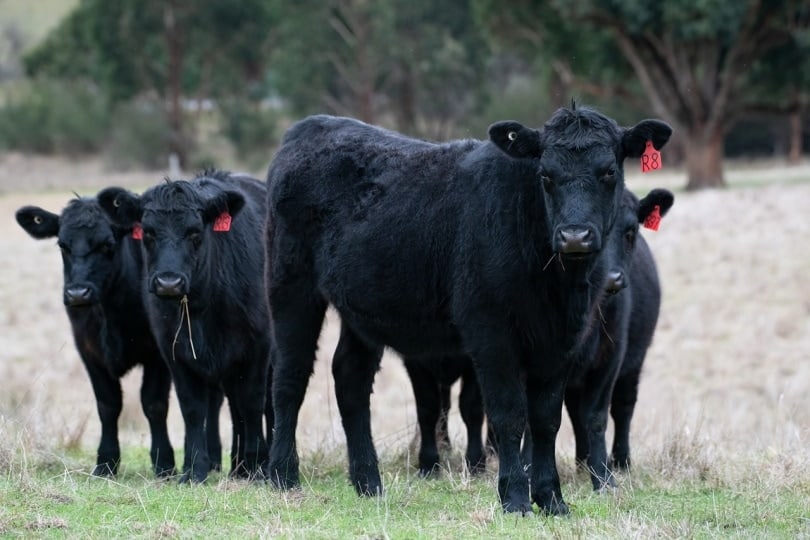
This docile breed originated in Australia and is ideal for beef production. Cows weigh between 650 and 950 pounds. The bulls weigh 950 to 1,350 pounds. Like the Hereford, they are created by breeding only the smallest livestock available.
8. Ayrshire
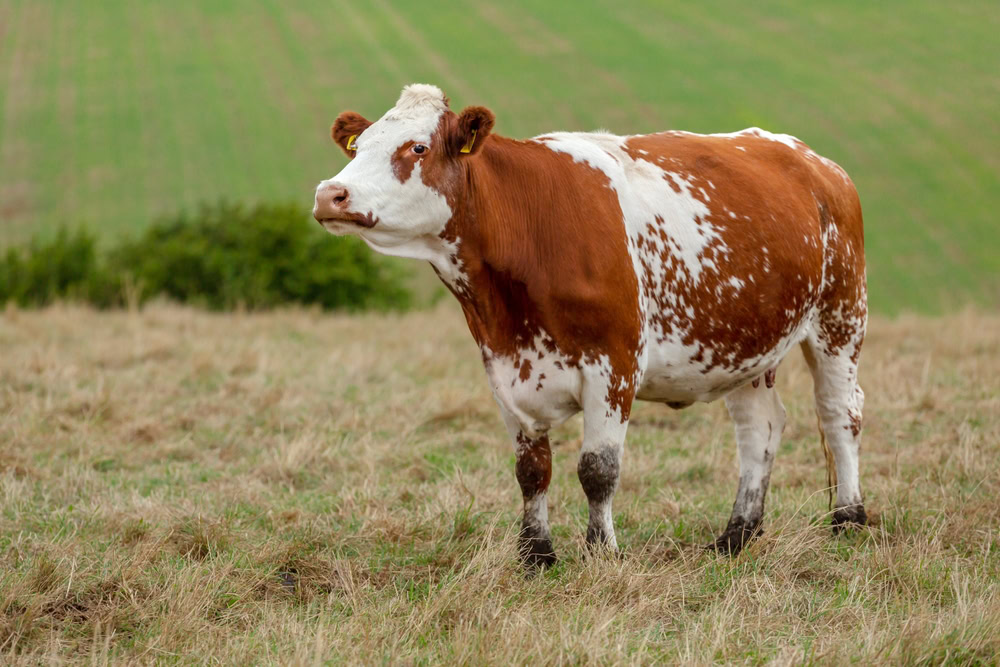
Ayrshire cattle come from Scotland and are known for their excellent milk production. During their development in the 1800s, they were referred to first as the Dunlop, then the Cunningham, before finally being named Ayrshire. They produce milk with an ideal balance of fat and protein, making Ayrshire milk desirable for yogurt, cheese, and ice cream production because the fat particles are small and better distributed throughout the milk.
9. Miniature Scottish Highland
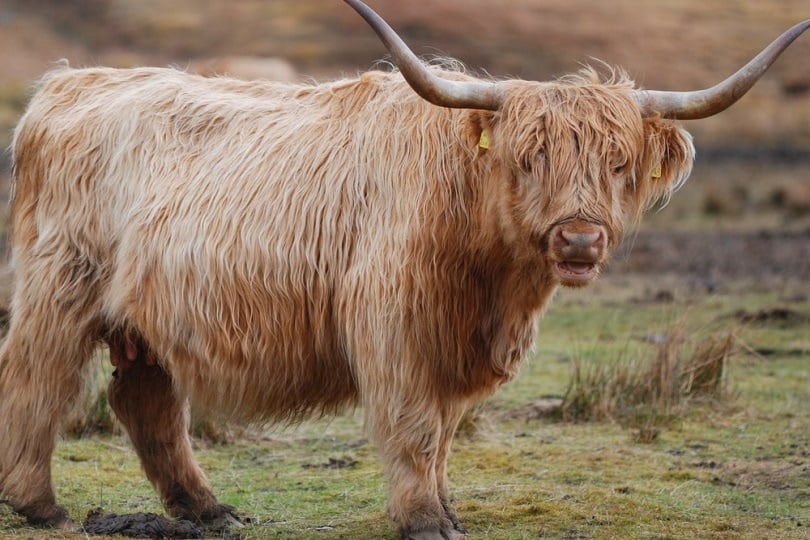
Bred for cold climates and life in the mountains, the Scottish Highland is an ancient breed. They are used for both beef and dairy. This hardy breed has a long coat and is stocky in build. They are ideal for life on smaller farms in climates they are suited for.
10. Vermont Red Cattle
The Vermont Red originated in the United States and was bred for both meat and milk production. They are resilient in colder climates and are well-suited for grass-based farming systems. They offer quality beef and produce rich, nutritious milk that is ideal for artisanal dairy products like cheese and butter. Overall, the Vermont Red is a versatile choice for farmers.
•You might also like: 324+ Popular & Unique Miniature American Shepherd Names – Male and Female Ideas

Conclusion
These 10 breeds of cattle are sized ideally for farmers and families with smaller areas for grazing. If you are interested in raising your beef or simply want fresh milk for you and your family, choosing one of these breeds may be your best answer.
- Related Read: 10 Rarest Cattle Breeds in the World (With Pictures)
Featured Image Credit: Ray_Shrewberry, Pixabay
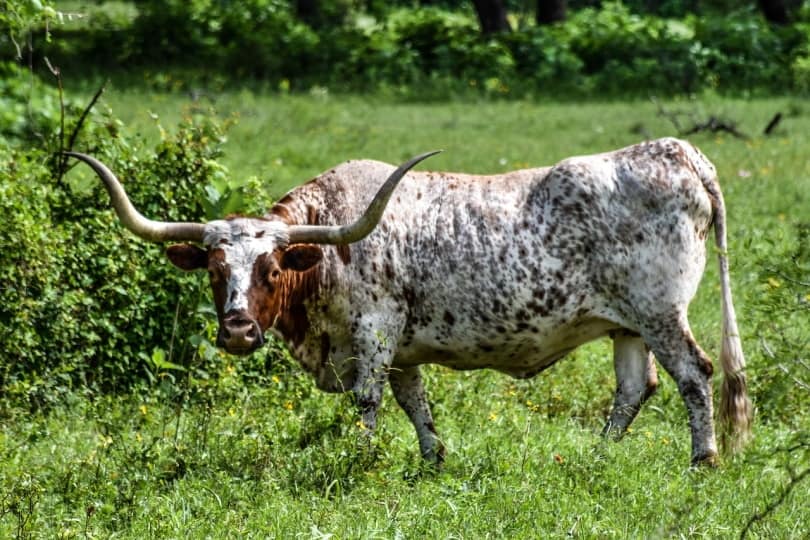

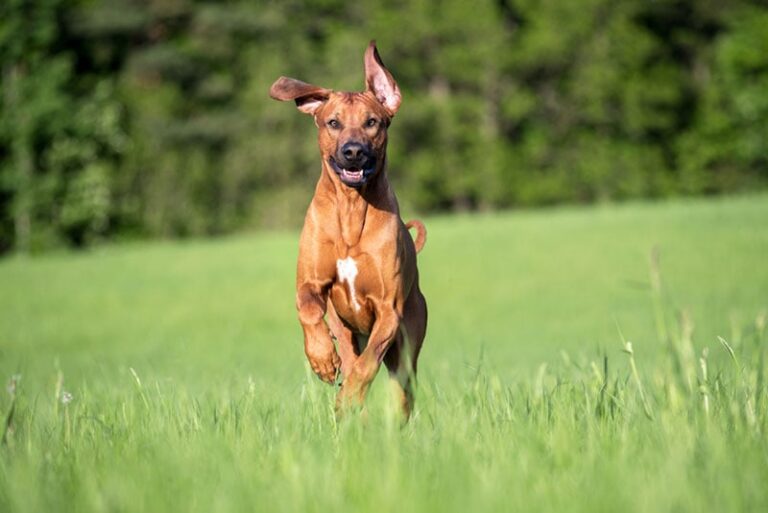
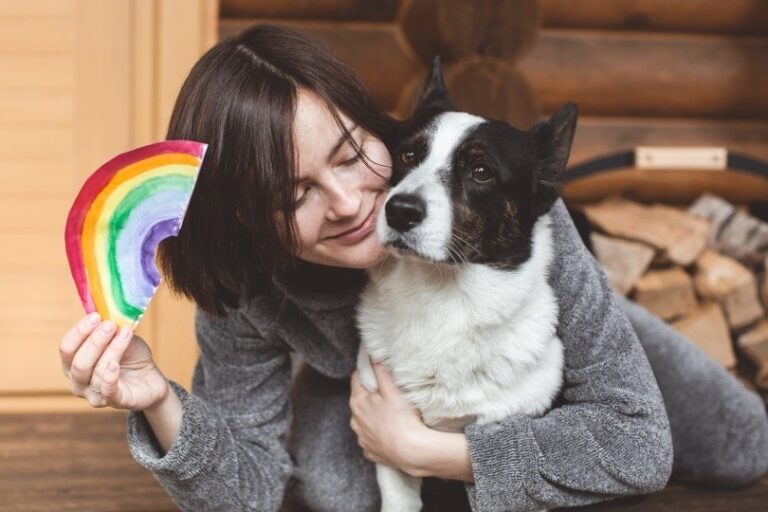
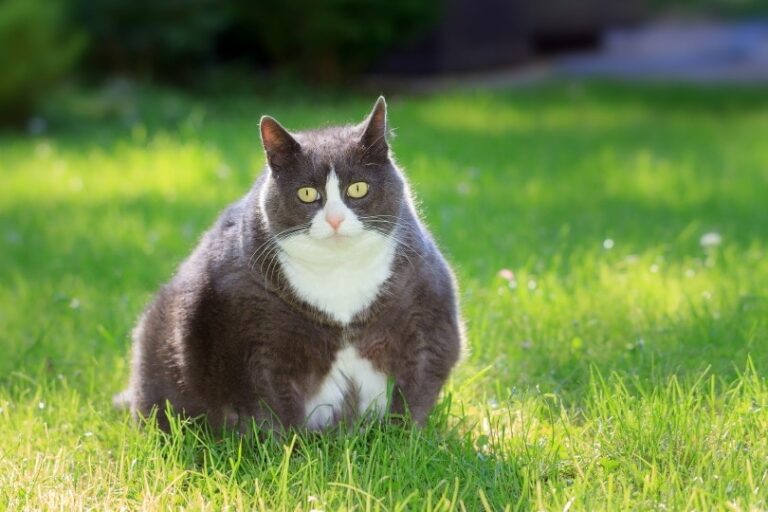
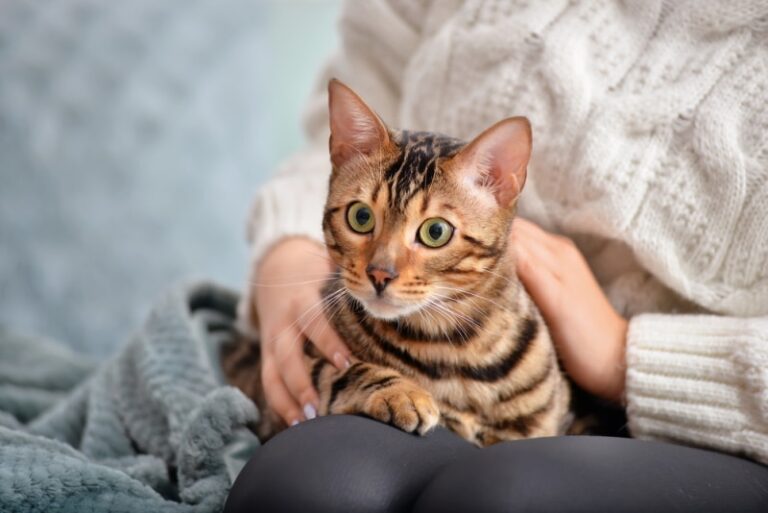
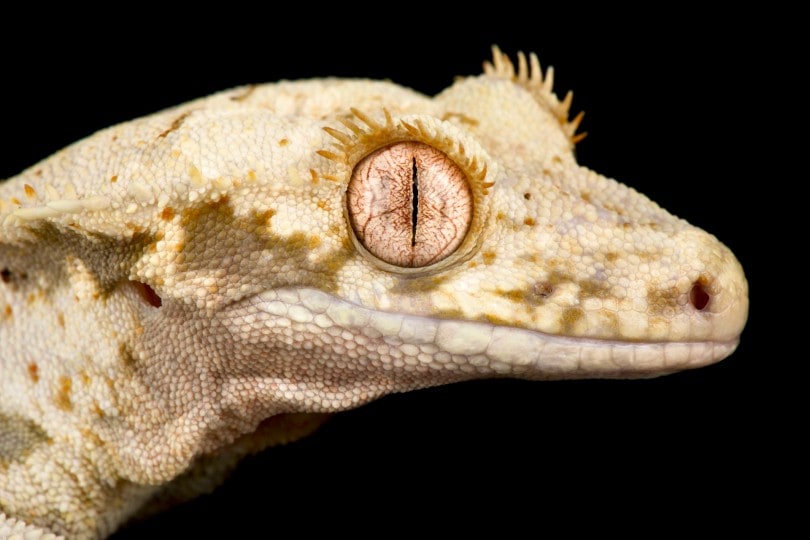
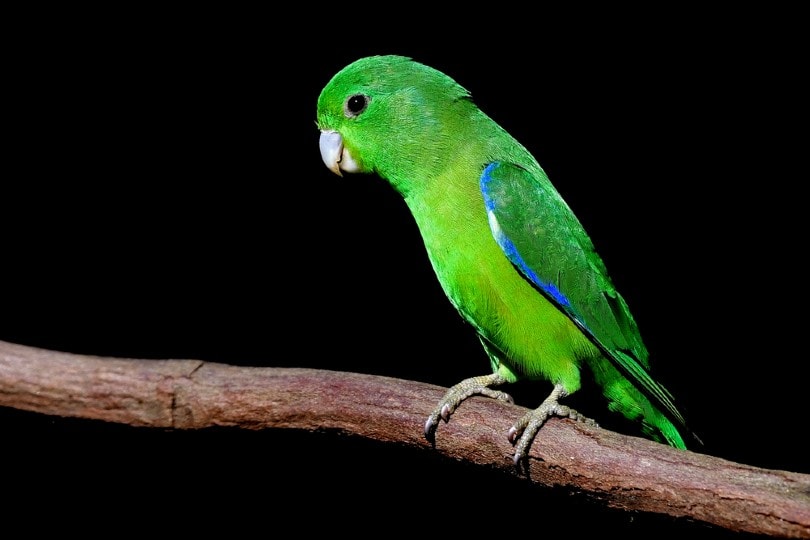
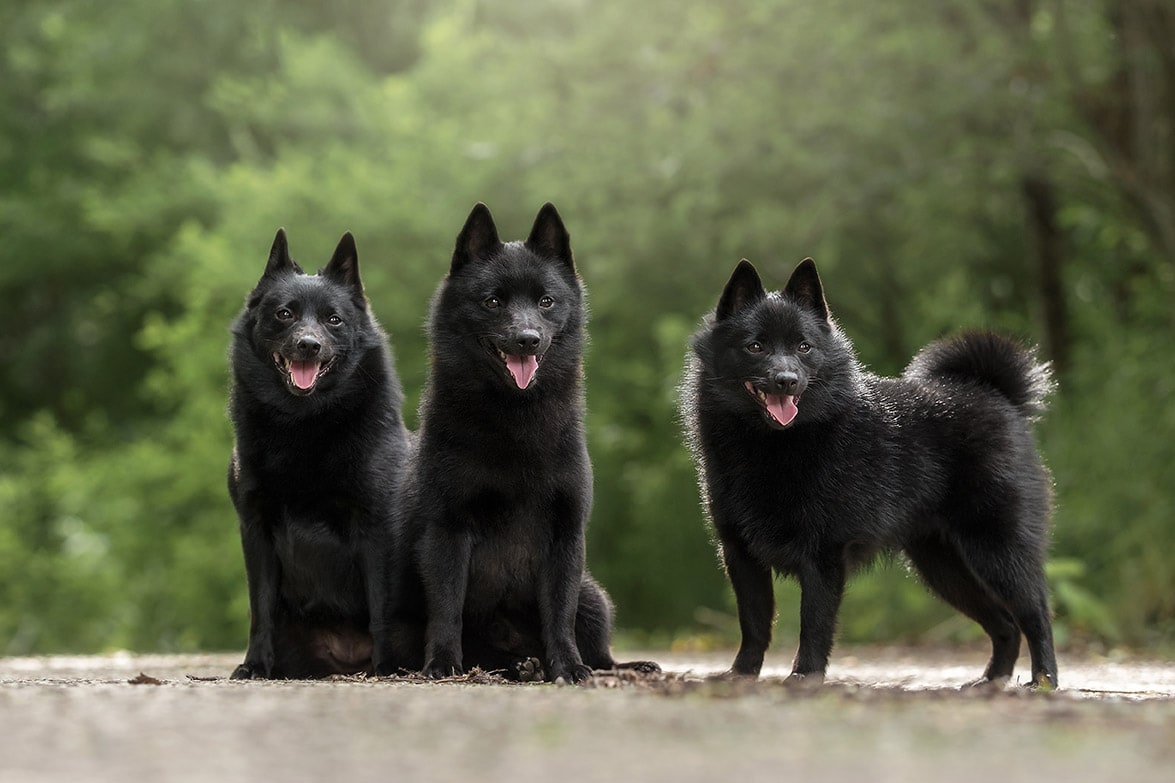


One Response
we are on a 100 acre farm. the owner is in his 80’s and he’s slowly getting rid of his large red Angus.
what a perfect idea for the farm when the big girls are all gone.